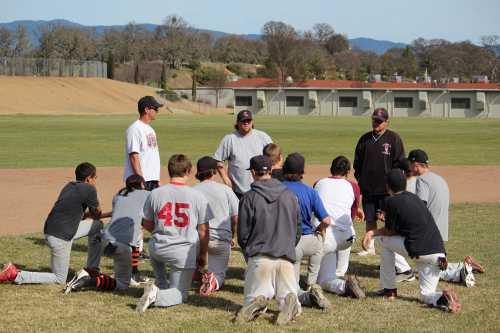- Editor
- Posted On
New sport ocean fishing regulation changes announced for 2013
New 2013-2014 Ocean Sport Fishing Regulation booklets are now available at California Department of Fish and Wildlife (CDFW) offices and wherever sport fishing licenses are sold.
Anglers and divers need to be aware of a number of new fishing regulations that are in effect this year.
Regulation changes include the following: new size and bag limits for kelp bass, sand bass and spotted bass, and new at-sea fillet size requirements for these basses and ocean whitefish.
Changes also include new regulations for groundfish (including rockfish), Northern California marine protected areas and sturgeon. Regulation changes are highlighted throughout the booklet for quick reference.
Effective March 1, 2013, new size, bag, and fillet size limits are in effect for kelp bass, sand bass, and spotted sand bass.
Bass must now be at least 14 inches total length or 10 inches alternate length (measured from base of foremost spine of dorsal fin to longest tip of tail), and fillets must be at least 7 ½ inches long and retain a 1 inch square patch of skin when filleted at sea. The new bag limit for these basses is five fish in combination.
New marine protected areas (MPAs) are now in effect in northern California, from the California/Oregon border to Alder Creek, near Point Arena.
For more information, visit www.dfg.ca.gov/mlpa , or the MPA mobile Web site at www.dfg.ca.gov/m/MPA , or a Northern California CDFW office.
New sturgeon fishing regulations established a new method of measuring sturgeon and a new size limit of 40 to 60 inches fork length (not total length, as before).
Barbless hooks are required when fishing for sturgeon and snares are prohibited. Fish longer than 68 inches fork length may not be removed from the water.
For more information: https://nrm.dfg.ca.gov/FileHandler.ashx?DocumentID=58288&;inline=1 .
New seasons, bag and size limits, and species allowed for take have been established for groundfish. For more information: http://cdfgnews.wordpress.com/2013/02/22/new-recreational-groundfish-regulations-effective-march-1/ .
Also effective March 1, 2013, fillets from ocean whitefish filleted at sea must now measure at least 6 ½ inches long, and the entire skin must remain intact.
For the complete set of new and updated ocean sport fishing regulations, CDFW recommends picking up a copy of the new 2013-2014 regulations booklet.
Booklets also are available online at www.dfg.ca.gov/marine/sportfishing_regs2013.asp .




 How to resolve AdBlock issue?
How to resolve AdBlock issue? 




